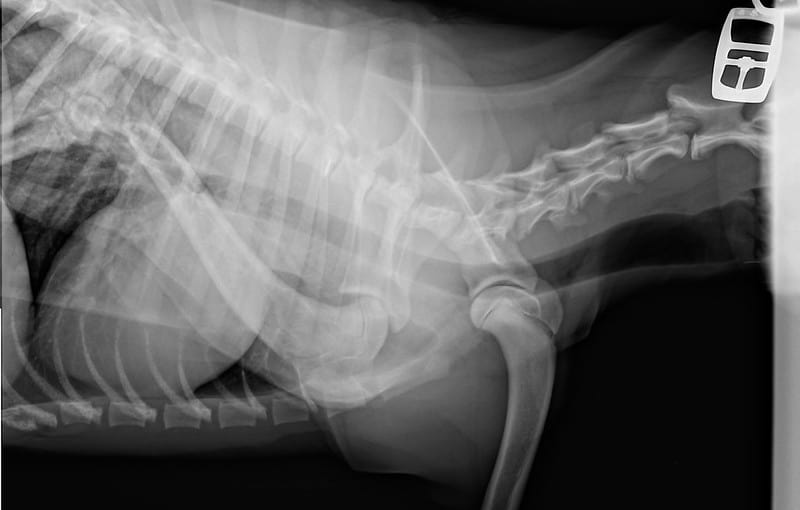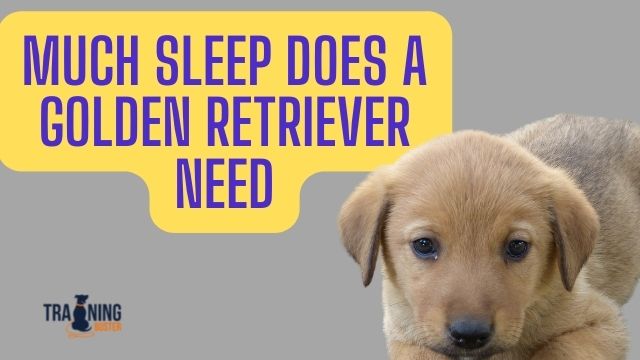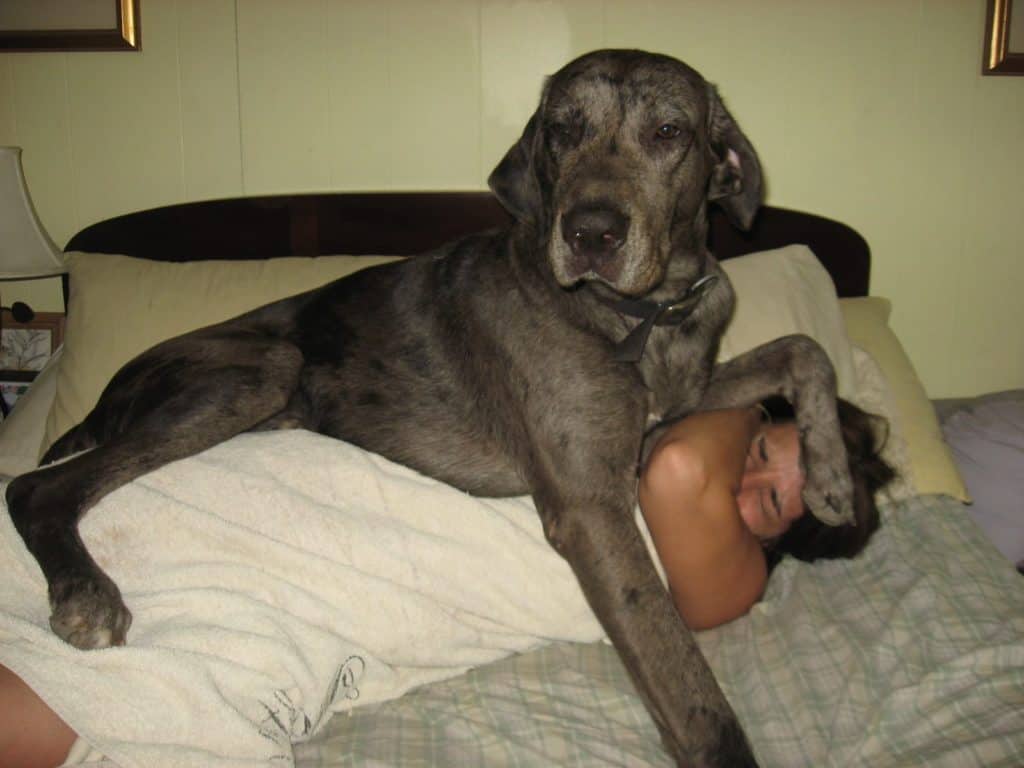
When your dog is young, they’re constantly exploring and on the go – when they’re not sleeping, that is. But did you know that not all exercise is safe for your puppy?
So, what kind of exercise does your young dog need? What happens as their joints develop? And when do dogs’ joints fully develop?
In this article, we’ll give you the answers to these questions and more. So read on to find out more about your dog’s development and how to help them as they grow.
What happens as my puppy grows?
Did you know that your dog has growth plates? Growth plates are areas of cartilage at the end of your puppy’s leg bones. As your puppy gets older and begins to use their muscles more, these growth plates calcify, developing into a more dense material.
When your puppy’s growth plates are not yet fully mature, they are incredibly sensitive and delicate. This means your puppy can easily get injured. What’s more, injuries to a dog’s legs before their growth plates have hardened can lead to big problems with healing.
Leg injuries at a young age can lead to bone deformities. For example, a bone may stop growing. So, it’s essential to be careful about the types of exercise your dog gets while still very young.
What kind of exercise does my dog need?
Yes, it is important to be careful about what kind of exercise your puppy gets. Likely your dog’s favorite word, walks are fortunately a low-impact activity. This means you can safely take your dog for a walk at any age.
Higher impact activities are things that involve running and jumping. These activities are tiring for your pup and can only be carried out for a short period. High-impact activities should be discouraged. When you do engage in high-impact play together, be sure to limit how long you play and keep to soft areas like lawns or mats.
Have you ever noticed how canine sports, such as Agility, don’t allow dogs under 18 months to participate? This is for their own safety. It’s not that the jumps are too high; it’s simply that their joints aren’t ready for this activity yet.
But if you want to try canine sports at home, there are some measures you can take to make the sports safer for a growing dog.
With Agility, for example, try putting the jump bars on the floor rather than elevating them. This will help your dog get used to agility commands without undergoing the physical strain of jumping at a young age.
How much exercise does my puppy need?
This is a good question. Since your puppy is constantly developing, the amount of exercise they need is constantly changing too. But let’s start with walks. As we touched upon earlier, walking is a relatively low-risk, low-impact activity for a young dog. It’s also easy to measure how far you walk together or how long, and it doesn’t matter where you walk, either.
Most owners use this rule of thumb: five minutes of exercise for every month of your puppy’s age, twice a day. So, for example, a six-month-old dog should get two half-hour walks every day. Of course, if it’s a nice day out and you occasionally walk a little further, this isn’t going to hurt your pooch. Or if your young dog just can’t be bothered with a second walk sometimes, this is fine too.
How can I tire my dog out?
Since it’s important to limit how much exercise your dog gets while they are young and their joints are still developing, how can you tire your pooch out without hurting their development?
Well, there are other ways to give your dog mental stimulation and activity besides physical exercise. Using a food puzzle, for example, will help your dog to use its nose, brain, and paws.
Best puzzles for your dog are:
Nina Ottosson By Outward Hound – Interactive Puzzle Game Dog Toys
Dog Activity Flip Board, Level 2, Interactive Treat
Puzzles help a young dog to learn how to think and move things with precision. You can also hide pieces of kibble around the house or in the yard.
When will my dog stop growing?
Did you know that your dog’s growth rate is tied mainly to its size? For example, large breed dogs like the Labrador Retriever or Great Dane usually take up to two years to reach their full adult size. Smaller breeds like the Dachshund or Jack Russell Terrier can be fully grown at only 12 months.
You can see, then, why it’s essential to have an idea of what breed your dog is from and what their adult size will be. This is especially important if you want to take proper care of your dog’s joints.
How can I look after my dog’s joints?
Besides being careful with what exercise your dog gets and how long they exercise, how else can you take care of your dog’s joints?
Well, one significant factor in your dog’s long-term joint health is feeding them the right foods. If you feed your young dog a puppy kibble or wet food, you’ve probably noticed how this type of food contains plenty of calcium.
For small breed dogs, calcium helps to support the development of their bones, which is vital for setting up good joint health for years to come.
Calcium supplement for your dogs joints
Breeders’ Edge Oral Cal Plus – Calcium Supplement
Your dog also needs plenty of oil – Omega 3 oil, specifically. Look for a dog food that offers this. You can also top up your young dog’s oil intake by feeding them oily fish skins or a small piece of coconut as an occasional treat.
It’s also important to feed your dog the right food for their age and breed. Larger breed puppy food actually contains somewhat less calcium than smaller breed puppy food.
If your dog is particularly active, you may like to give them a supplement or vitamin to support their joint growth and health. These supplements typically contain ingredients like chondroitin, glucosamine and hyaluronic acid. You can get different supplements for different sizes of dogs and different breeds.


